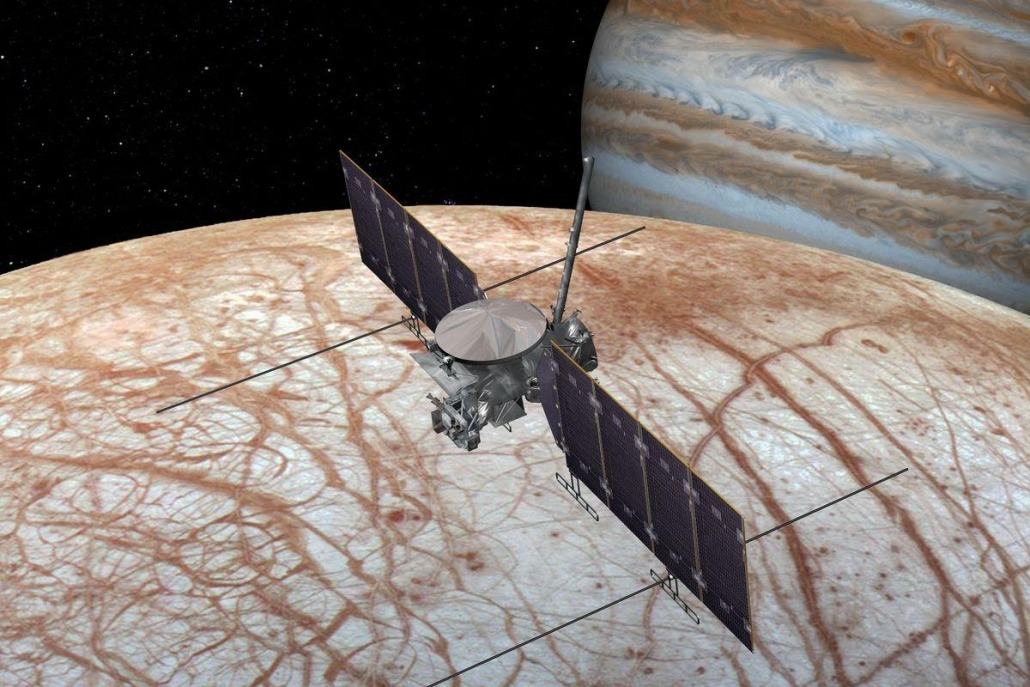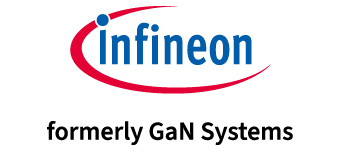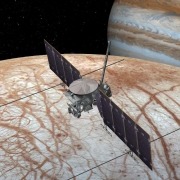Space Industry Launches with GaN Systems
GaN Transistors Powering Space Applications Including Jupiter Exploration, Suborbital Space Travel, and Satellite Communications
This is the first part of our new series titled: “Did You Know…”, which highlights the latest applications and innovations being enabled by GaN technology. Read part two of the series, “Breaking Through the Invisible Barriers of Wireless Power Transfer,” here. Read part three, “GaN: Taking Charge of Your Power Needs,” here.
GaN Systems, the global leader in GaN (gallium nitride) power semiconductors, today shared the latest space applications and innovations enabled by gallium nitride (GaN) power semiconductors.
The space race is heating up, with Richard Branson’s Virgin Galactic and Jeff Bezos’ Blue Origin having recently launched their first space flights. While these “New Space” companies are making headlines, “Old Space” organizations such as government agencies and large, traditional aerospace companies continue to push the boundaries of outer space. All space-related transport and instruments require highly reliable (HiRel) power solutions designed specifically to withstand the harsh environments necessary for space applications.

NASA’s Europa Clipper will start its journey to Jupiter’s icy moon aboard a Falcon Heavy rocket built by SpaceX.
GaN-powered systems revolutionize capabilities in propulsion systems to meet challenges in high power, high density motors; avionics systems and subsystem point-of-load converters; and aerospace power and energy storage for power conversion and control, distribution, and transmission. GaN Systems power transistors deliver the efficiency, size, and power-density benefits required for demanding HiRel power applications:
- NASA is developing Europa Clipper, an interplanetary mission to conduct detailed reconnaissance of Jupiter’s moon Europa and investigate whether it can harbor conditions suitable for life. For this mission, NASA’s Jet Propulsion Laboratory (JPL) will need various instruments to collect and measure critical data while the spacecraft is in orbit. The organization has shifted away from silicon toward GaN technology for the essential components that power these activities, due partly to the reduced cost-per-pound enabled by GaN. GaN Systems’ transistors have delivered impressive results for NASA, and will be used for the Europa Clipper project. “It’s very expensive to send massive objects in orbit or fly flight hardware,” said Peter Majewicz, NEPP program manager. “We’re always looking for ways to bend the ratio to be more advantageous in order to reduce size or weight or increase power for more benefit, and that’s something GaN offers.”
- “New Space” companies are also busy introducing new solutions to explore the wild space frontier. In 2021 alone, Virgin Galactic launched the VSS Unity SpaceShip Two vehicle, Blue Origin launched the New Shepard rocket ship, and SpaceX is launching the Transporter-2. In addition, companies like ISIS have developed compact power systems for small satellites, nanosatellites and cubesats. While these companies and applications are all different, they have one thing in common: they leverage GaN for their critical power components.
- Teledyne offers a complete portfolio of GaN Systems solutions for avionics, radar, Satcom, and space. Their highly engineered, radiation-tolerant solutions meet the most demanding requirements in the harshest environments, making them ideal for small communications satellites. Their customers have strict performance criteria that must be met, and GaN transistors do it all.
Silicon Has Reached Its Limitations. Now is the Time for GaN. In Space and on Earth.
Silicon has reached its limitations in solving critical power systems challenges. GaN transistors are the solution for driving more robust growth and product innovation in space applications, enabling lighter, smaller, lower cost, and more efficient power systems.
The power supplies for spaceborne applications must meet strict size limitations while also handling harsh environments. While some traditional silicon-based solutions have been radiation enhanced to tolerate the environment beyond the Earth’s protective shield, they are typically more expensive at both the component and system level, have reduced power density, and result in greater system weight. GaN transistors offer faster power supply switching frequencies, resulting in higher power density, higher efficiency, and more compact and lighter weight circuitry. In addition, GaN is inherently radiation tolerant, another key attribute of GaN transistors used in high-altitude and space applications.
GaN also offers significant cost reductions, enabling organizations to design products that provide high performance while using less material. The result is lighter-weight systems and lower-cost launches. For example, while launches cost the average US $18,500 per kilogram in 2000, this has dropped to approximately US $2,700 per kilogram. NASA is targeting $200 per kilogram and implementing GaN can help achieve that target. GaN-powered devices deliver the efficiency, size, and power-density benefits required for demanding HiRel power space applications and helping change the way we explore space. Learn more about where GaN Systems power semiconductors are being used in our white paper: 2021 Top Technology Predictions in Power Electronics.


